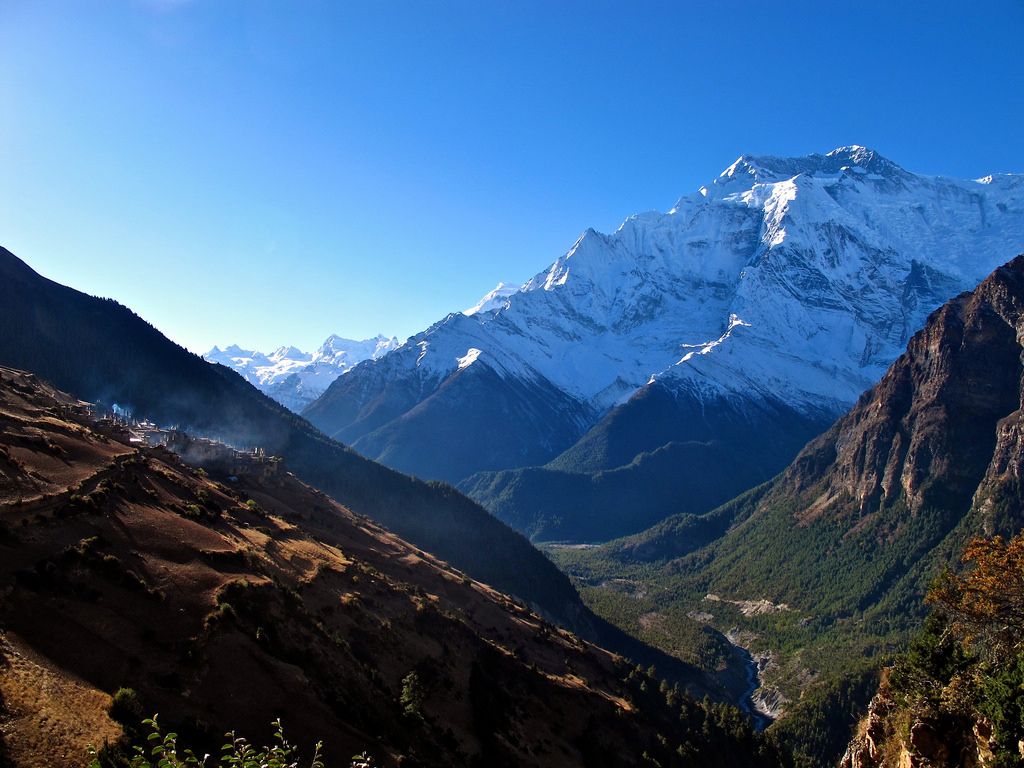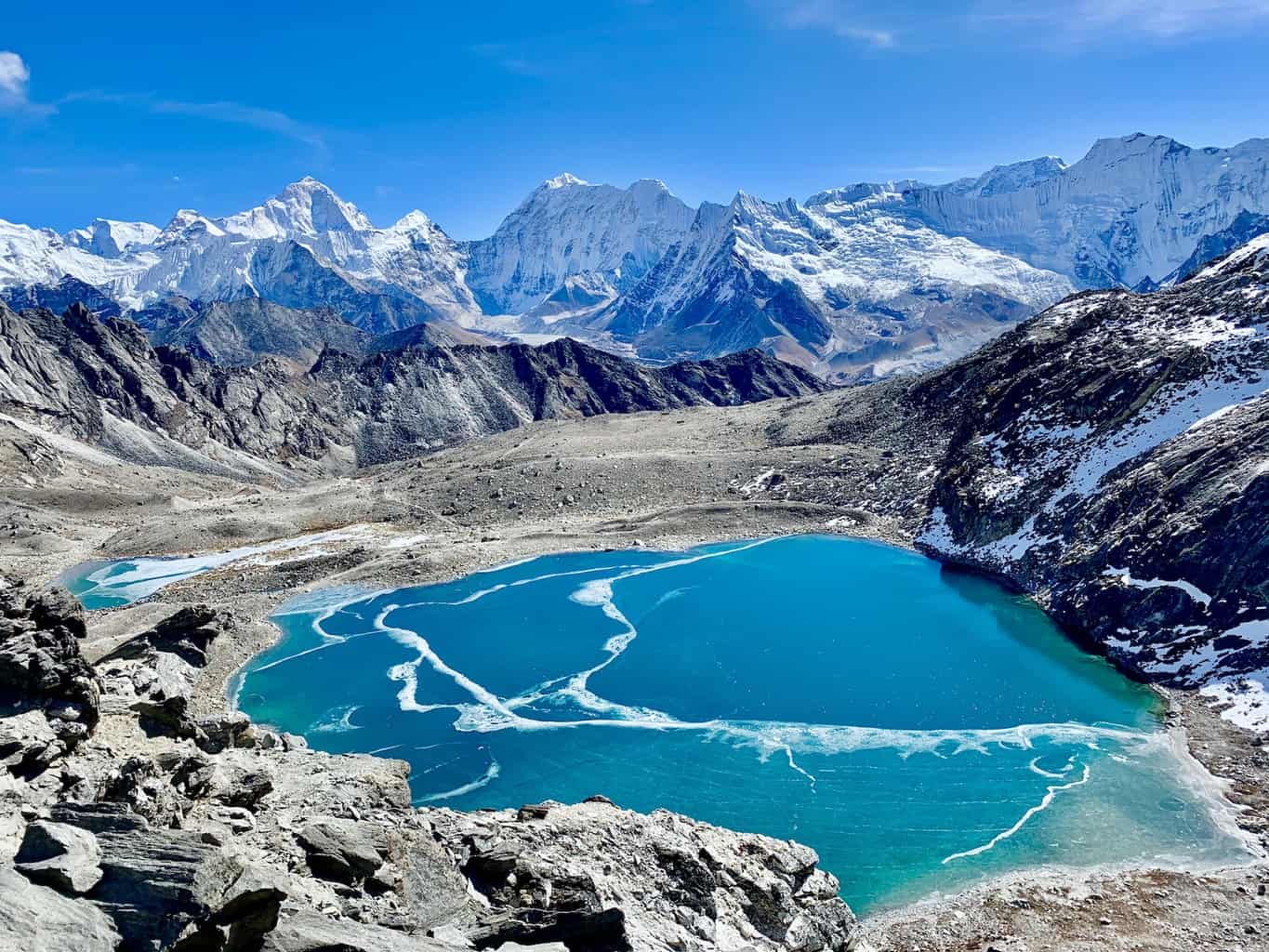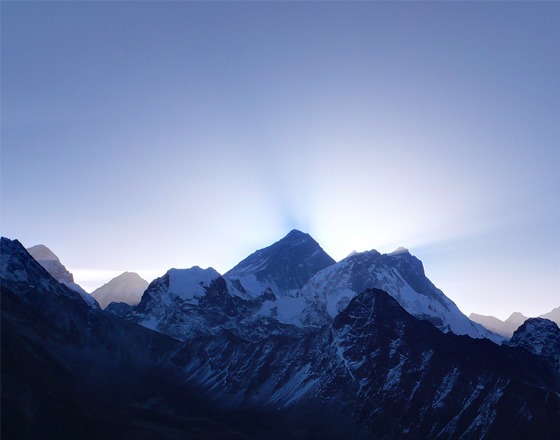Treks in Nepal
Nepal- a mountain lover’s paradise, the home of the Himalayas, is one of the most beautiful nations in the world. Small she may be, she isn’t poor, Nepal is rich in terms of culture, history, and natural beauty. Yes, she has her problems, but this shouldn’t let you cross this lovely country off of your lists to travel to. Trekking in Nepal is a lifetime memorable and adventurous journey and will leave visitors coming back for more.
So, what do most people go to Nepal for?
The answer is simple- Trekking in Nepal is always unique and adventurous! The country is filled with jaw-dropping panoramic filled with mountains, exotic animals, peoples, and rivers. Trekking in Nepal is one of the best ways to experience the country in the best way. So, without further delay, let’s look at the top 10 treks in Nepal. This list is in no particular order.
Top 10 Best Trekking Routes in Nepal
Check out below our suggested best routes for Trekking in the Nepal Himalayas.
1. Everest Base Camp Trek
Mount Everest- the greatest of all, at 8848 meters, is the highest mountain in the world. When on a trip to Nepal, who would not want to see Everest? The trek to Everest Base Camp is considered to be one of the best Trekking activities in Nepal. The trek lets you see amazing and close views of Mt. Everest and other famous peaks like Mt. Kanchenjunga, Mt.Lhotse, and Mt. Makalu. The trek also gives you a front-seat experience of the Sherpa people, their culture, and their lifestyle. The trek allows you to visit ancient Buddhist monasteries.
It is very popular, so it can get a bit crowded during peak season. The trek lasts for 14–16 days. The best seasons for the trek are autumn (October–November) and spring (March–May).
2. Annapurna Circuit Trek
This beautiful trek around the Annapurna massif is a trekker’s delight. Standing at 8,091 meters, the Annapurna is the tenth-highest mountain on Earth and a sight so powerful that words can’t describe it.
This trek blesses you with views of snow-capped giants like Annapurna I, Annapurna II, Annapurna III, Annapurna IV, Dhaulagiri, Machhapuchre, Manaslu, Gangapurna, Tilicho Peak, Pisang Peak, and Paganda Peak. You will cross the widest pass in the world, Thorong La Pass (5,416m). You will also encounter important Hindu holy sites, Buddhist villages, and lush green subtropical forests including oak, bamboo, and rhododendron trees, waterfalls, and huge cliffs and paddy fields. You will pass through four regions; Lamjung, Manang, Mustang, and Myagdi.
The trek is moderate and lasts 15–17 days. The best seasons for the trek are autumn (October–November) and spring (March–May).
3. Poon Hill Trek
If you’re looking to experience one of the best parts of Nepal in a short period of time without having to climb up to insane altitudes, then this is the trek for you! The Poon Hill Trek is a fairly popular, short, and easy trek in the Annapurna region. The trek blesses you with one of the best sunrise views from the mountains and, yes, of course, the views of the mountains. You will get to see the magnificent sights of the Dhaulagiri, Annapurna ranges, Manaslu, and other mountains. The trail for the trek will have you walking through rhododendron and bamboo forests and culturally rich Gurung and Magar villages.
The trek begins after an hour-long drive from Pokhara to Nayapul. From there, you will head towards Tikhedhunga to Ghorepani to, ultimately, Poonhill and head back to Tadapani, from there, to Gandruk, and finally, to Pokhara.
The trek lasts for 5-7 days. The best seasons for the trek is autumn (October–November) and spring (March–May).
4. Upper Mustang Trek
Mustang is divided into two parts; the Upper Mustang and the Lower Mustang. Trekking through the Upper Mustang was forbidden until 1992. Thus, the region has had very little outside influence. It remains intact with its ancient culture, traditions, lifestyles, and unique landscape. Trekking through Upper Mustang, you will be blessed with amazing views of the mountain ranges like Nilgiri, Dhaulagiri, Tukche, and Annapurna, The trek also brings you close to the traditional Tibetan-Buddhist culture, through visits to ancient Buddhist monasteries. You will also get to see one of the most sacred Hindu temples called the Muktinath Temple. Along with passing through landscapes of arid regions, barren edges, deep gorges, mountain valleys, and eroded rock faces, you will also find yourselves crossing the Thorong La and Mesokanto La Passes.
The trek is moderate and lasts 15-17 days. The best season for the trek is autumn (August-November) and Spring (March – June).
5. Mardi Himal
This one has been named the ‘hidden treasure’ trek! And the name is thoroughly deserved. The Mardi Himal trek is a fairly new trekking route in the Annapurna region and is also known as the Hidden Treasure Trek. It is short, moderate, and filled with beautiful views. It is less crowded as it is fairly new. It is enjoyable and takes very little effort. It is filled with stunning views of Machhapuchre (also known as Fishtail, 6,993 m), Annapurna South (7,010m), and Mount Hiunchuli (3,441 m). The trek also gives you a chance, if lucky, to witness rare endangered species like the Musk deer, Snow Leopard, and Himalayan Tahr. The Mardi Himal Base Camp at 4500 meters is one of the highlights of the trek and also the highest point of the trek.
The trek is moderate and lasts 8-10 days. The best time to trek is in autumn and spring.
6. Langtang Valley Trek
The Langtang Valley Trek, also known as The Glacier of Trek, is another trekking opportunity in Nepal that is worth every effort and cost. The highlights of the trek are the ascent of the Tersko Ri Peak (5,000 m), beautiful sunrise view, and of course, the great views of the Himalayas. The trail for the trek takes you through beautiful Tamang villages where you get to visit ancient Buddhist monasteries and experience the culture and traditions of the Tamang people.
The trek is moderate and lasts for 7-10 days. The best season to trek is autumn and spring.
7. Manaslu Circuit Trek
The Manaslu Circuit Trek is one of the most challenging treks in Nepal. It is difficult but worth every effort. The trek has fantastic views of Manaslu, Ganesh Himal, Mt. Himchuli, and other mountain ranges. The highlights, one of many, of course, being the Mansalu which stands at 8163 meters and is the eighth highest mountain in the world.
The trail for the trek takes you through contrasting landscapes and climates. The trail takes you through low sub-tropical forests to high alpine forests. The trail involves the crossing of the Larkya La at 5106 meters, which is demanding, yet, very fulfilling. And with the different landscapes, you will discover different cultures as well, from rich Hindu villages to mystical Tibetan-Buddhist villages. The trail takes you along the mighty Budhi Gandaki River to its sources.
The trail is filled with tea houses and the drive from Kathmandu to Arughat ( the starting point of the trek) is equally scenic and beautiful. The trek is challenging and lasts 16—18 days. The best time to visit is autumn and spring.
8. Upper Dolpo Trek
The Upper Dolpa Trek takes you back in time, to a land still frozen in time and free from the influences of the outside world. This trekking in Nepal is best route and destination for those who wants to explore the hidden beauty of the mountainous district. Dolpa is one of the most remote regions of Nepal, and thus, the trail for this route one of the most pristine and quiet trekking routes in Nepal. The trail passes through ancient villages and monasteries which gives you a chance to witness the unique culture and traditions of this part of the world. The trail is also blessed with stunning views of the Kanjirowa Mountain along with other Himalayan greats such as the Dhaulagiri and Annapurna. One of the major highlights of the trek is the beautiful Lake Phoksundo. This stunning glacial lake is the deepest lake in Nepal. The trek also gives you an opportunity to spot the Musk Deer, Himalayan Blue Sheep, and the rare Snow Leopard.
The Dolpa region has been cited in popular culture as well. The Oscar-nominated movie ‘Caravan’ was shot in Dolpa. ‘The Snow Leopard’ written by Peter Matthiessen, ‘Himalayan Pilgrimage’ by David Snellgrove, and ‘Stones of Silence’ by George Schaller all are based in this region.
The trek is challenging and lasts for 25-27 days. The best time to trek is in autumn and spring.
9. Gokyo Lake Trek
The Gokyo Valley Trek is one of the most popular trekking in Nepal. The trek offers spectacular views of Mt. Everest, Lhotse, Makalu and Chu Oyo. The trail for the trek takes you through spiritually rich Sherpa village and ancient Buddhist monasteries. The major highlights of the trek are the stunning high glacial lakes called five emerald lakes of Gokyo Ri with spectacular Himalayan giants in the background. Since this is a popular destination, you will find several lodges, teahouses, and restaurants where you can get a taste of the Sherpa cuisine and experience the Sherpa culture at close hand.
The highest point of the trek is at 5360 m. The trek is challenging and lasts about two weeks. The best time to visit is autumn and spring.
10. Annapurna Base Camp Trek
Annapurna base camp trek is an awesome trek, known as one of the most beautiful trekking routes in the world that takes you through a changing landscape and rich cultural villages. Witness amazing mountain views with the typical Nepalese terraced fields below, picturesque Gurung villages, and a range of flora and fauna. The journey to the base camp of the tenth-highest mountain in the world, Mt. Annapurna (8091m), takes us through another beautiful pinnacle, the Machapuchhre (Fishtail Mountain) which is admired by many for its unique shape. The Annapurna base camp trek is a very popular choice among many and this trip is one that you should go for. The trek is a moderate trek that lasts for 11 days. The best time to visit is from mid-September to November (autumn) and March to May (spring).
You can book any treks listed above with Himalaya Trekking company. We are a Kathmandu-based Local company arranging the Himalayan Adventure since 2003.







